The term dilapidations refers to a property’s state of disrepair where there is a legal liability for the condition of disrepair. This legal liability usually arises from express covenants contained within a lease. However, it may be a consequence of the law of tort or an implied contract.
Therefore, it is only when this landlord/tenant relationship ends that attention will focus on any dilapidation issues with the building. Unless the parties to the lease have had the foresight to consider a dilapidations procedure well before the end of the tenancy, this is very often the starting point for a dilapidations dispute.
A schedule of dilapidations records the works required to be done to a property, so it equals the state of the property when the tenant took up residency. This should have been put in if the tenant had complied with its covenants or obligations contained within the lease of the property.
When a tenant yields up the property, they simply return it to the landlord at the end of the lease and have removed all fixtures and fittings. This clause is key to outlining what is required of the tenant before they yield their tenancy of the property.
There are two types which can be served at different times during and after the tenancy:
A landlord should follow a procedure, the schedule must also specify:
The Royal Institution of Chartered Surveyors issues guidance on Dilapidations and gives practical advice to surveyors. This entails how to prepare, serve and respond to dilapidations claims, both before and after the commencement of proceedings.
Dilapidations are unique to the UK and are enforceable in a court of law. Clearly, a landlord will interpret disrepair in an entirely different way to a tenant and the legal interpretation of lease clauses can vary from case to case.
The state of the property market is key to the approach and outcome of a dilapidations claim. It also depends upon whether the demand for such property space is strong or not.
In weak market conditions:
In strong market conditions:
This provides a statutory cap for damages, by calculating the value of a landlord’s loss on account of the breaches of lease covenant. It is otherwise known as the ‘diminution in value’ of the landlord’s interest.
The Dilapidations Protocol was formally adopted by the Court Rules on 1st January 2012 and is now Law in England & Wales. The aim of the Protocol is to ensure that a claim is reasonable and understandable, in hope of reaching a settlement before court proceedings are issued. Where litigation cannot be avoided, then the Protocol facilitates the efficient management of the process.
The Pre-action Protocol: This is produced by the Property Litigation Association (PLA) in consultation with the Royal Institution of Chartered Surveyors (RICS). It should be used at the expiry of the lease term in all damage caused by breaches of a tenant’s repairing obligations.
The Courts: The Protocol is now treated as the normal and reasonable approach to pre-action conduct by the courts. Non-compliance might bring sanctions against the party concerned, so it is essential that surveyors, landlords and tenants understand the implications of dilapidations fully before making a claim.

At Ackroyd Legal, we are leading the way through our unrivalled services for...

Our dedicated property licensing specialists are renowned...

Adverse possession arises when someone makes a claim to a piece of land which is disputed…
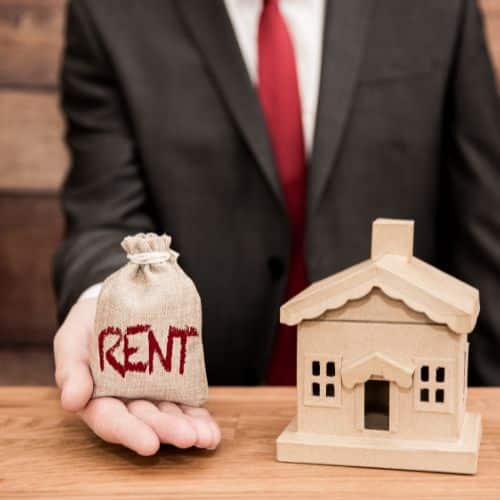
Our specialist solicitors can provide legal advice and guidance throughout the commercial rent review…

Contractual disputes may arise over many different types of agreement can provide…

Contractual disputes may arise over many different types of agreement can provide…

Because disputes between landlords and tenants can escalate very quickly, it is essential to get…

If you are affected by a restrictive covenant that is in place either to protect your interests…

If you are involved in a trespass situation as either an owner or as an occupier…

Our expert team has diverse experience in all aspects of landlord and tenant law…
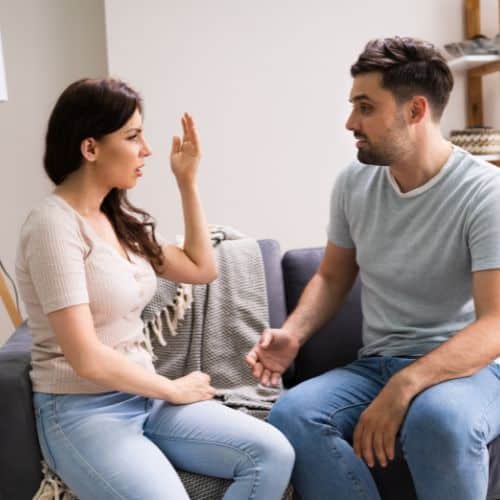
Our team of specialist property law solicitors have many years’ experience in commercial…
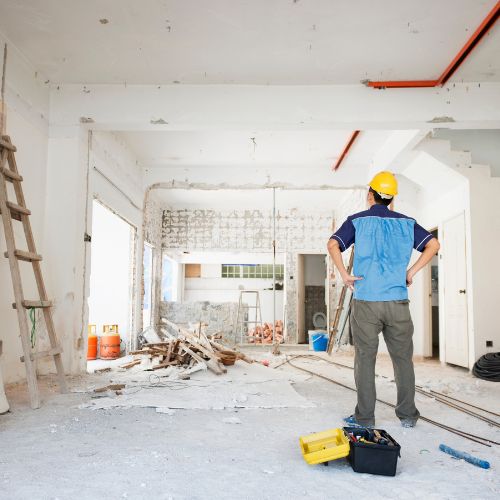
We have many years’ experience in dealing with property development disputes…

Possession claims arise when a landlord or stakeholder is forced to take possession…

n injunction is a court order that is granted to prevent another party from taking a particular course…

Boundary disputes arise when the boundary of a property is unclear or is brought into question…
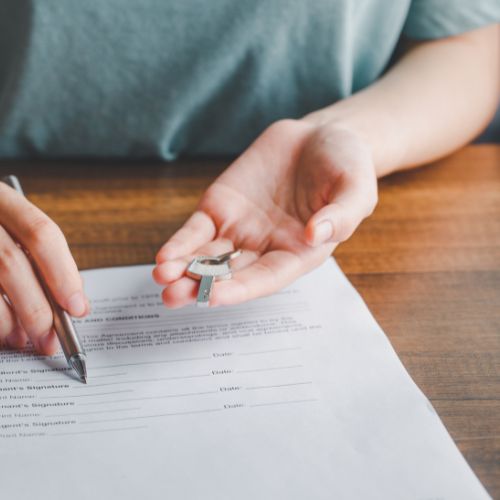
Leasehold disputes commonly arise between freeholders and leaseholders, and will often…

When two or more people share ownership of a property, disputes are most likely to arise…
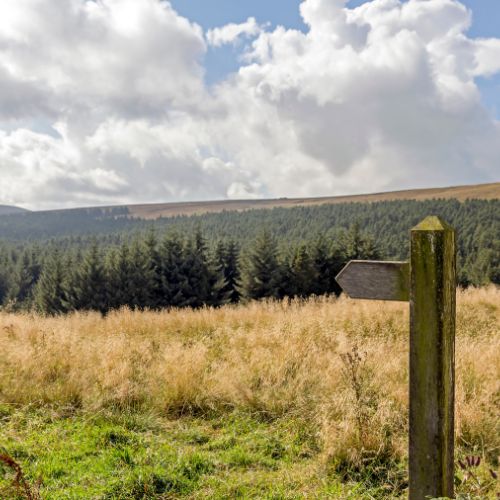
A right of way is a legal right that has been established by usage to pass through land or property…

Planning appeals may arise in cases when planning applications do not achieve the desired outcome…

Negligence and private nuisance are classed as civil wrongs in English law…
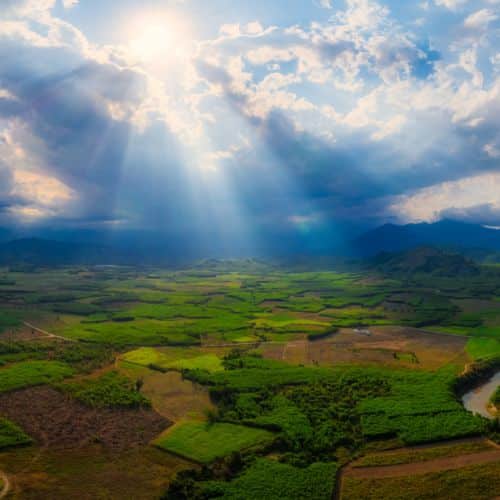
A restrictive covenant refers to a legal provision that places restrictions upon the use of land…

Obligations relating to property repairs and maintenance rest upon landlords and tenants alike…

The term dilapidations refer to a property’s state of disrepair where there is a legal liability…

Criminal law involves the state/government bringing a prosecution against an individual…

At Ackroyd Legal, our dedicated team of immigration lawyers take a human…

We are well versed in looking after the interests of our…

With the global economy growing at a fast rate investing in the UK is an increasingly…

Our team of intellectual property solicitors provide a robust understanding of the…

Personal injury is the legal term for an injury or illness that is caused or…

Dispute resolution is the process of resolving disputes between parties which…
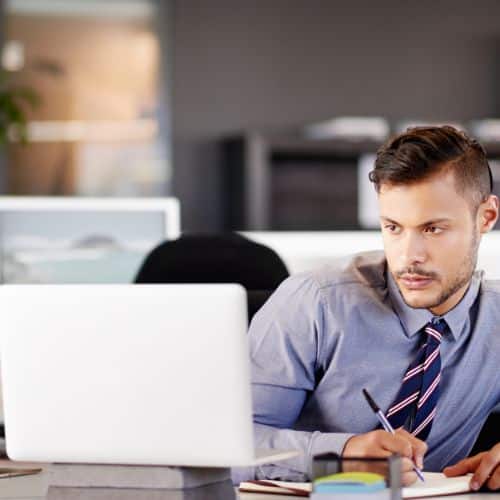
Our dedicated team of risk management solicitors are highly experienced in solving problems…
GET IN TOUCH
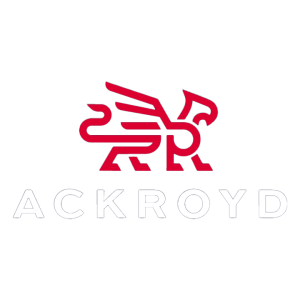
16 Prescot Street,
London, E1 8AZ
Ackroyd Legal is a trading style/name of Ackroyd Legal (London) LLP , which is authorised and regulated by the Solicitors Regulation Authority, SRA No. 554585 and is a LLP registered in England & Wales, Company No. OC360125; VAT no. 445717436;
David Ebert LLP is a separate entity from Ackroyd Legal (London), LLP and are authorised and regulated by the Solicitors Regulation Authority, SRA no. 558176.